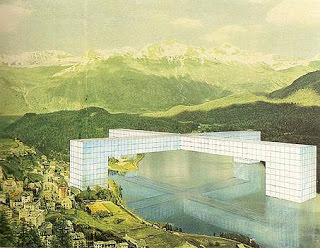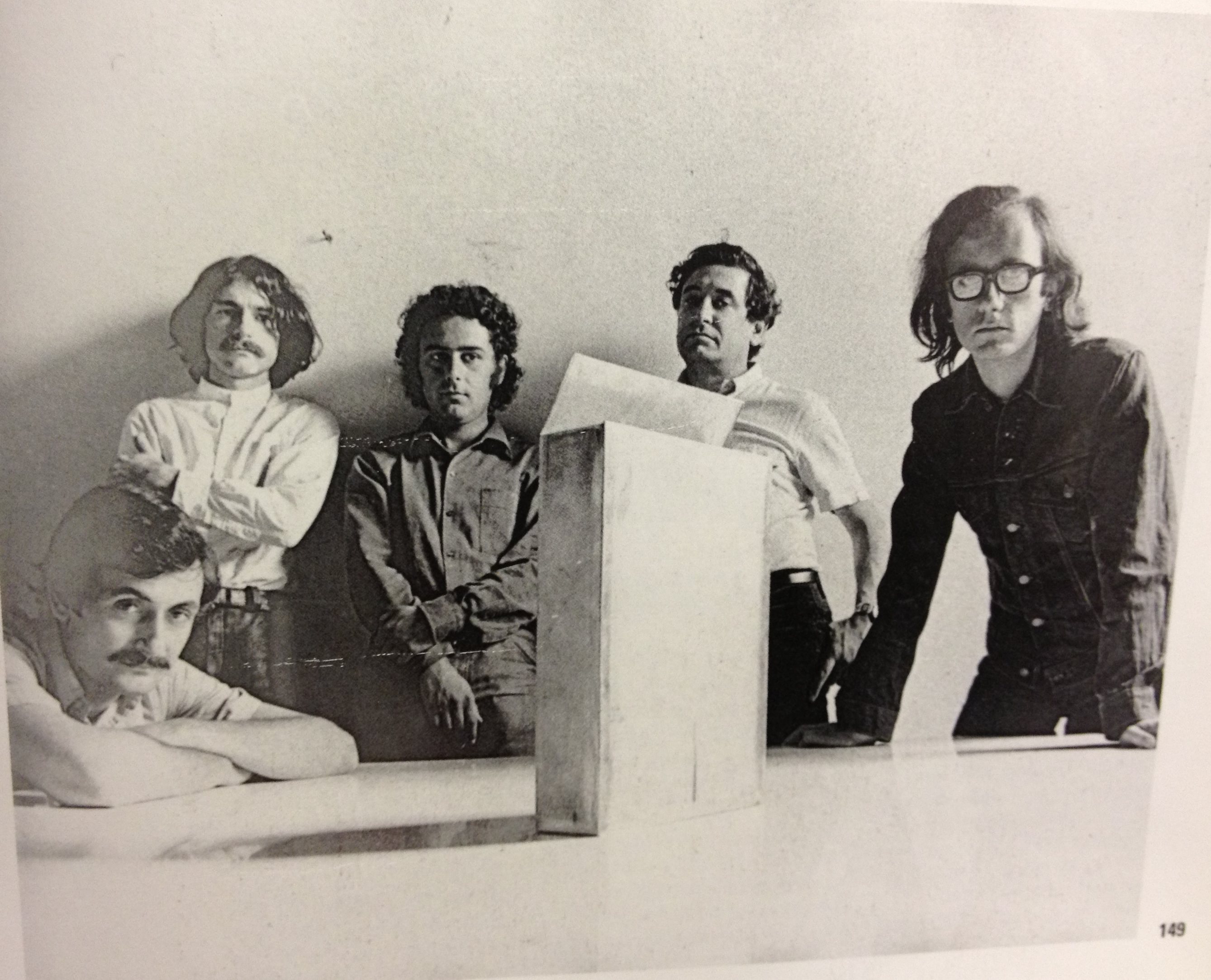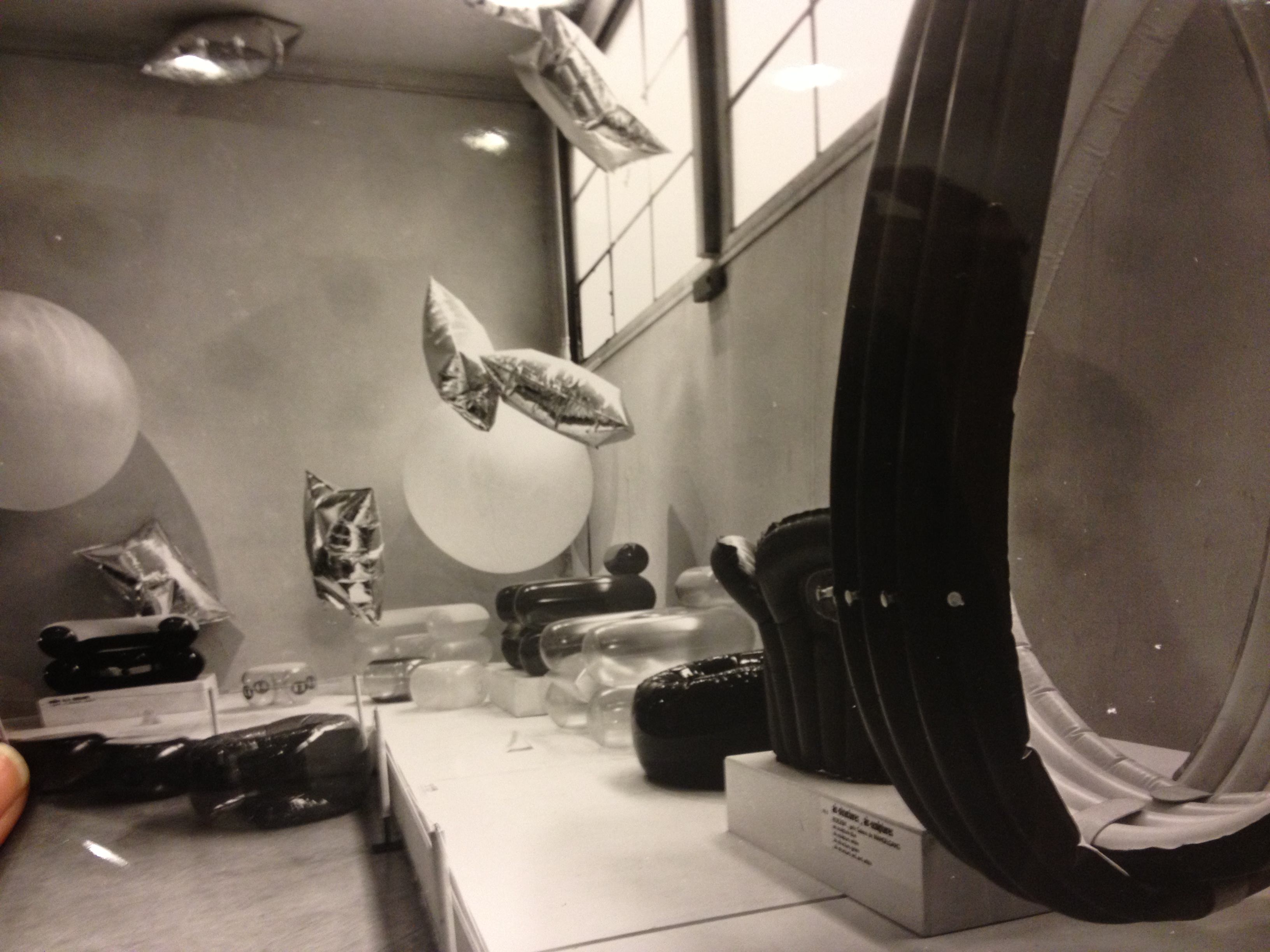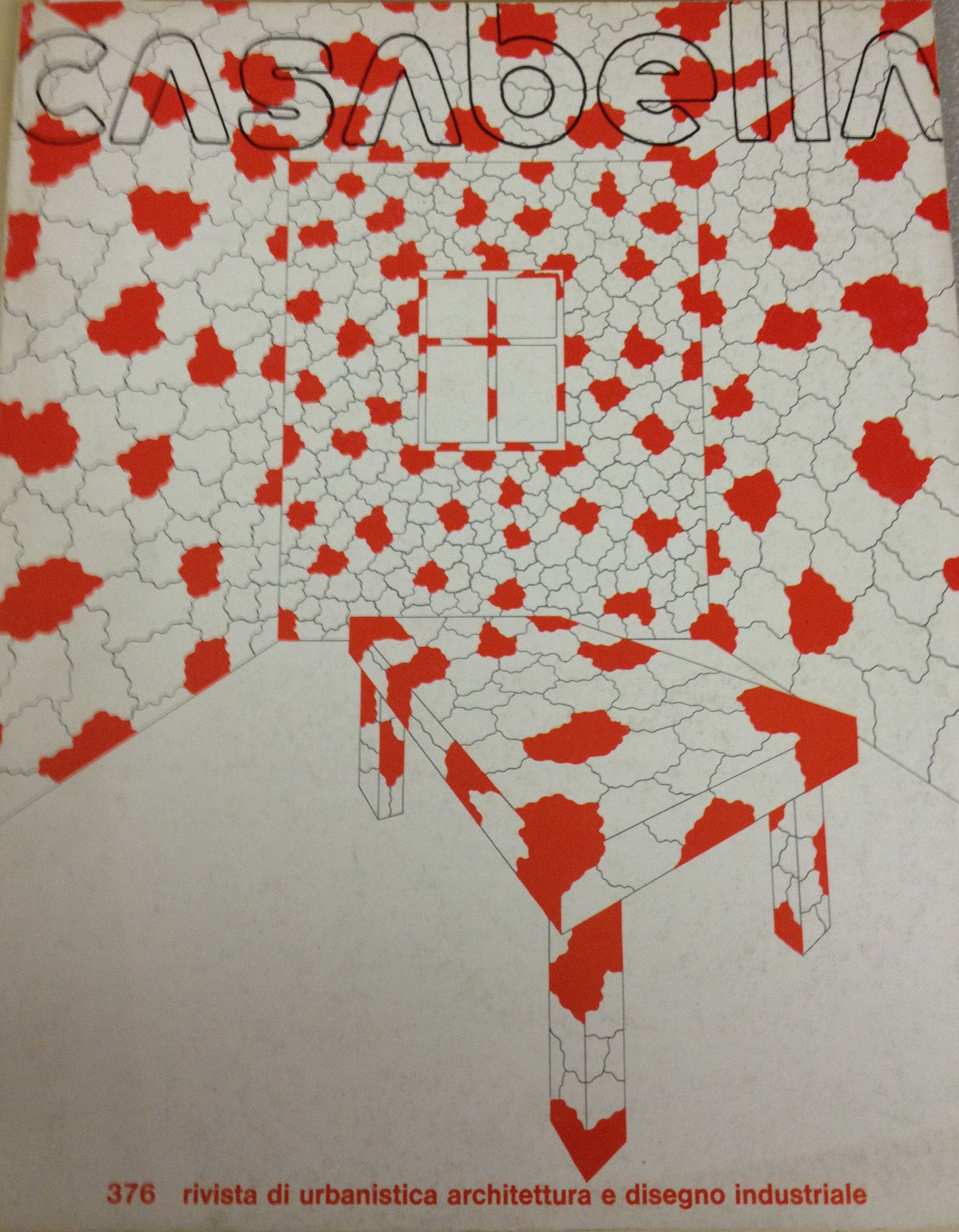Nowhere was the postwar avant-garde more radical than in architecture. In order to shake off the “hegemonic grip” of academic classicism—and therefore bourgeois society—architecture would have to undergo a complete definitional transformation. Instead of buildings serving functional uses for consumers’ lives and thereby reinforcing unjust social divisions, architecture would form a “single continuous environment, the world rendered uniform by technology, culture, and all the other inevitable forms of imperialism.” And just what does that look like? What does it look like to start over? To traverse the radical city of the mind?
Formed in 1966 in Florence by a group of architecture students, SUPERSTUDIO was at the heart of the avant-garde for about a decade. With Adolfo Natalini at the helm, the young firm undertook a stunning and extensive visual experimentation at the intersection of graphic design, architecture, and technology. Florence, the bastion of Italian humanist architecture and home to the University and its attendant bourgeois attitude, proved a poignant site to reject architecture and engage the “flip side of the Italian dolce vita.”

SUPERSTUDIO’s signature designs played with the interface between natural and artificial environments, to wit, the iconic grid, overlaid onto New York City, Niagara Falls, the desert, etc. Superstudio wrote that ultimately the grid would allow for a truly democratic human experience: because every point on the grid is identical, no place is better than any other. [images] It was a proudly utopic vision of a world un-designed and made whole by technology.


The aptly named French group Utopie likewise broke down barriers of form both on the ground and on the page. Utopie’s “Inflatable Structures” offer another nod to “undesign,” where squishy inflatables fought rigid, establishment design. One could also read them as counter-metaphor for over-inflated academicism, just about to burst. In Paris 1968 the members of Utopie were certainly aligned with the pulsating culture of anti-government protest.
Because much of their work would never come to physical realization, SUPERSTUDIO’s presence in print remains an important legacy. Their visual experiments appeared in and gained renown through Casabella and Domus, Italy’s leading design magazines, and in self-published catalogs. Rethinking the architectural profession altogether, SUPERSTUDIO, among others, managed to shift the focus of their practice toward conceptual and theoretical cultural criticism. Symbolic, poetic content not only took precedence in their work, but was SUPERcharged. This campaign of images they created initiated an entirely new and to this day, enduring, way to explore and share ideas. And the world took notice: in 1972 they were included in MoMA’s show Italy: The New Domestic Landscape while still in their twenties.
Beinecke has recently acquired Natalini’s personal archive on SUPERSTUDIO, featuring original catalogs, periodicals, and ephemera. Don’t miss several issues of Utopie, as well as various archival material relating to their work, too.






